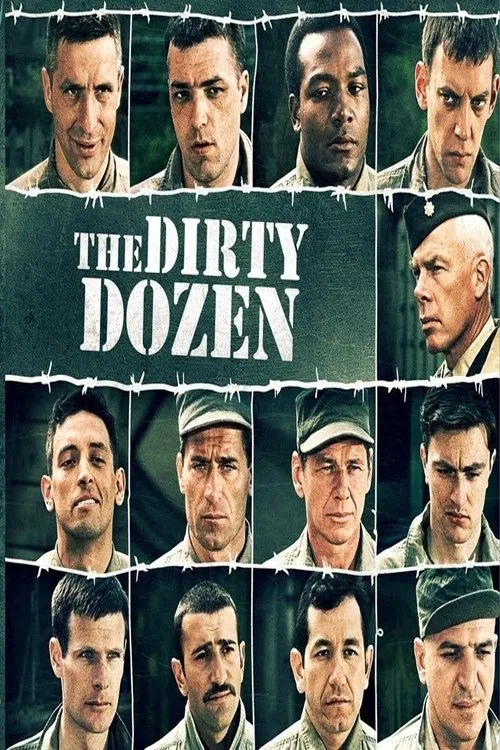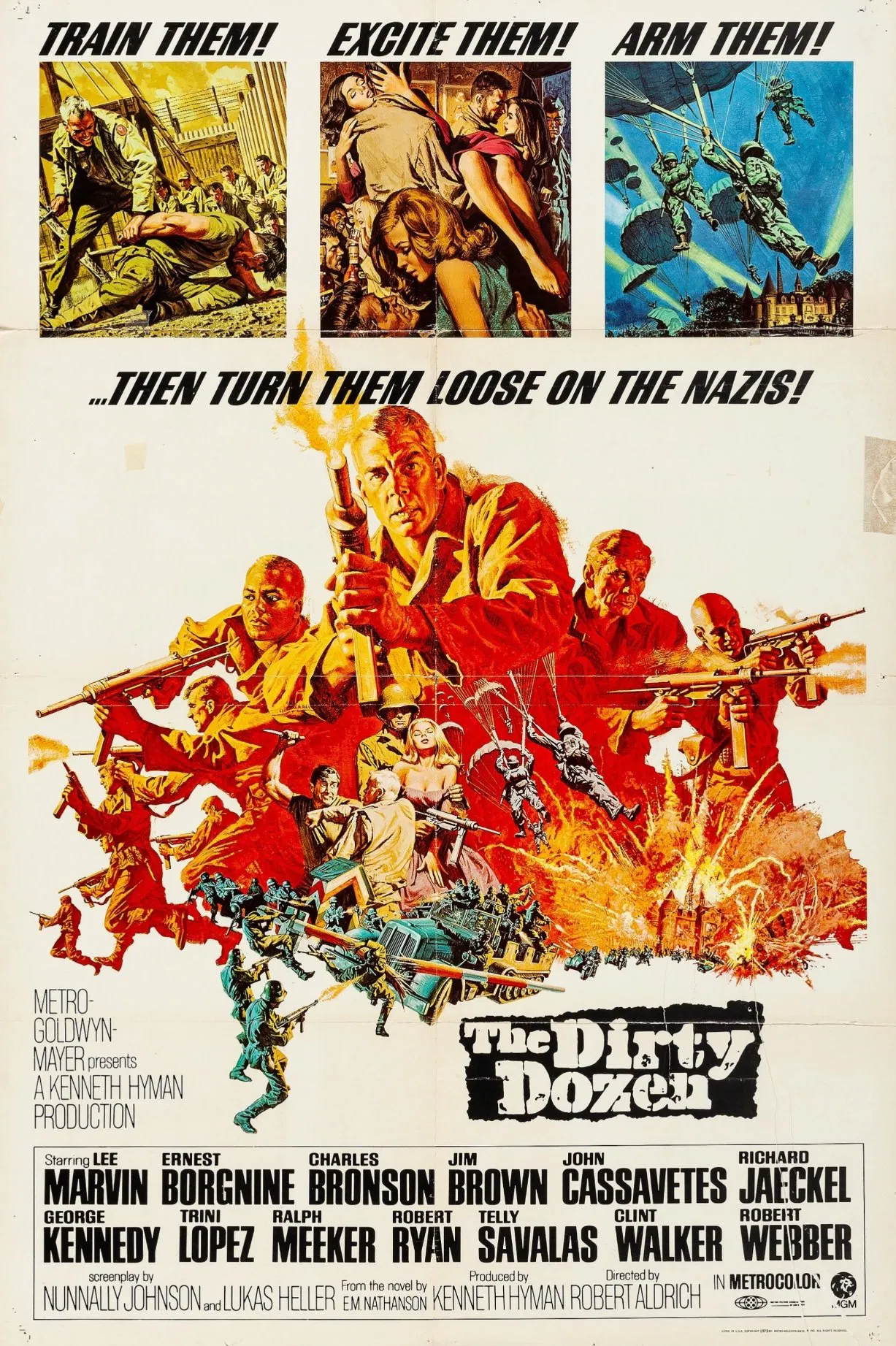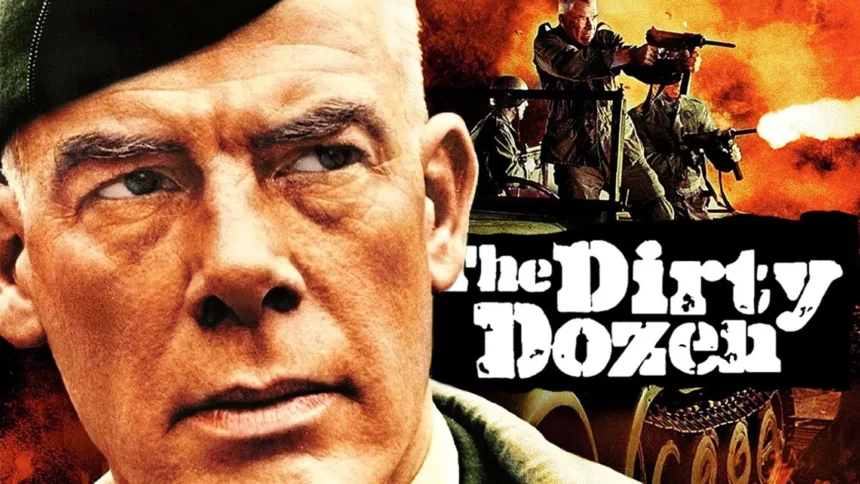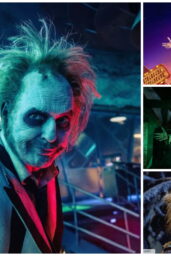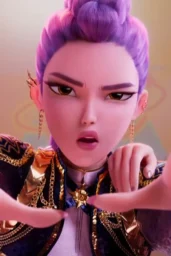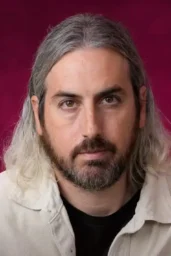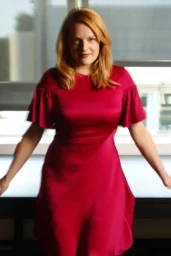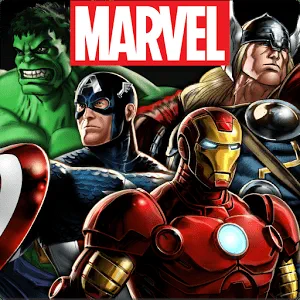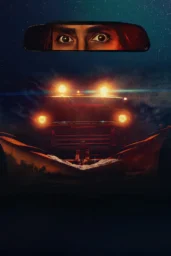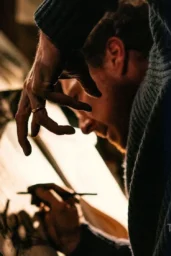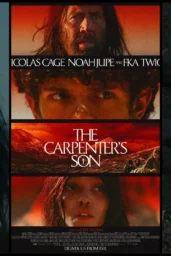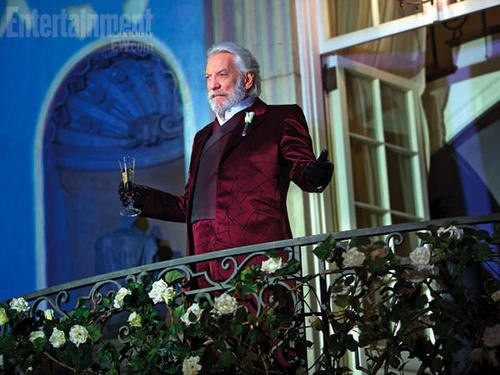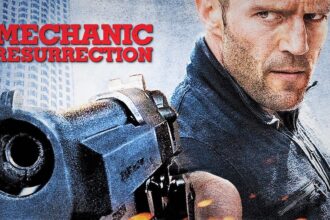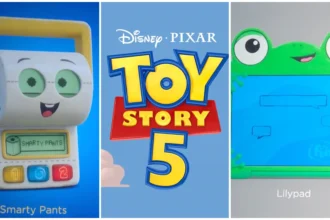This Cult War Classic Birthed TV’s Most Baffling Sequel Saga
When NBC revived The Dirty Dozen in 1985, no one expected a covert war on quality. But what followed was less a series of “missions” and more a fever dream of recycled tough-guy tropes, recast roles, and plotlines that read like rejected MacGyver episodes.
Here’s the twist: the original 1967 film was a smash hit. A violent, testosterone-drenched morality grenade wrapped in Army green, The Dirty Dozen made over $45 million on a $5.3 million budget and featured icons like Lee Marvin, Charles Bronson, and Donald Sutherland at their grimiest. Director Robert Aldrich didn’t just flirt with ultraviolence—he lit it a cigar.
But what happened next? Four made-for-TV “sequels,” a weirdo not-quite-spinoff, and one cursed, instantly forgotten series. It’s like someone gave Band of Brothers a lobotomy and set it on daytime cable.
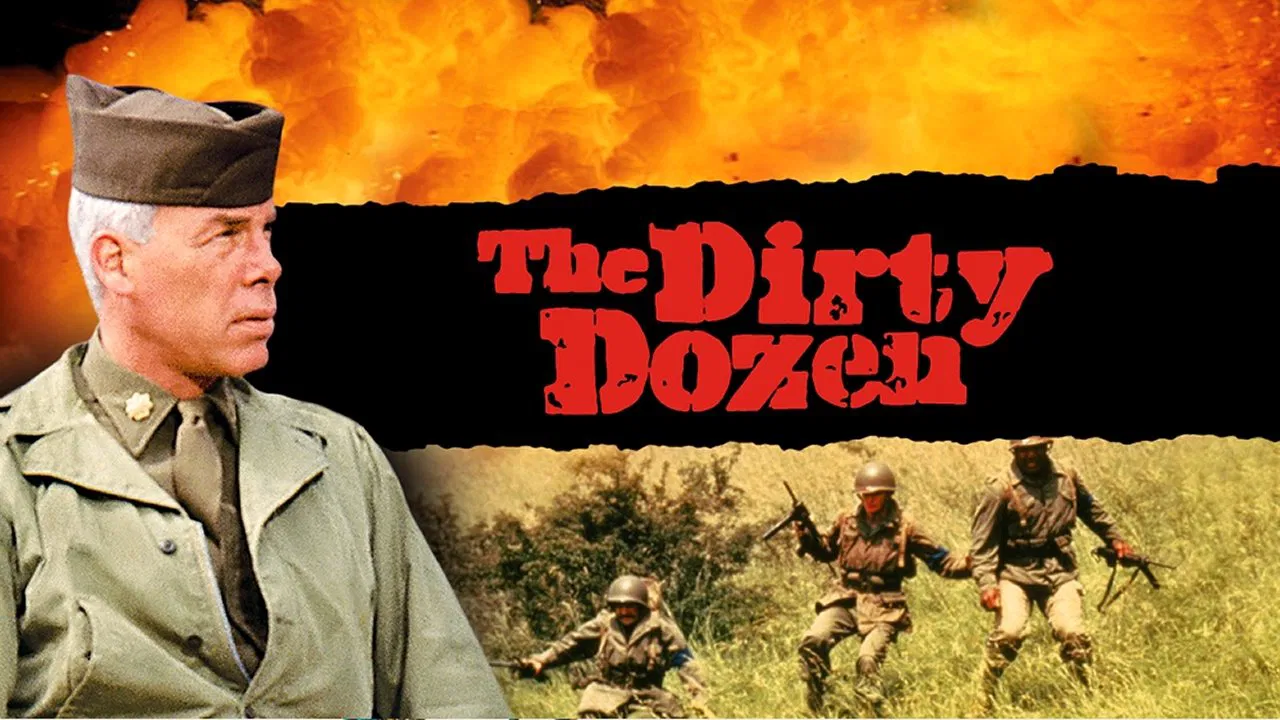
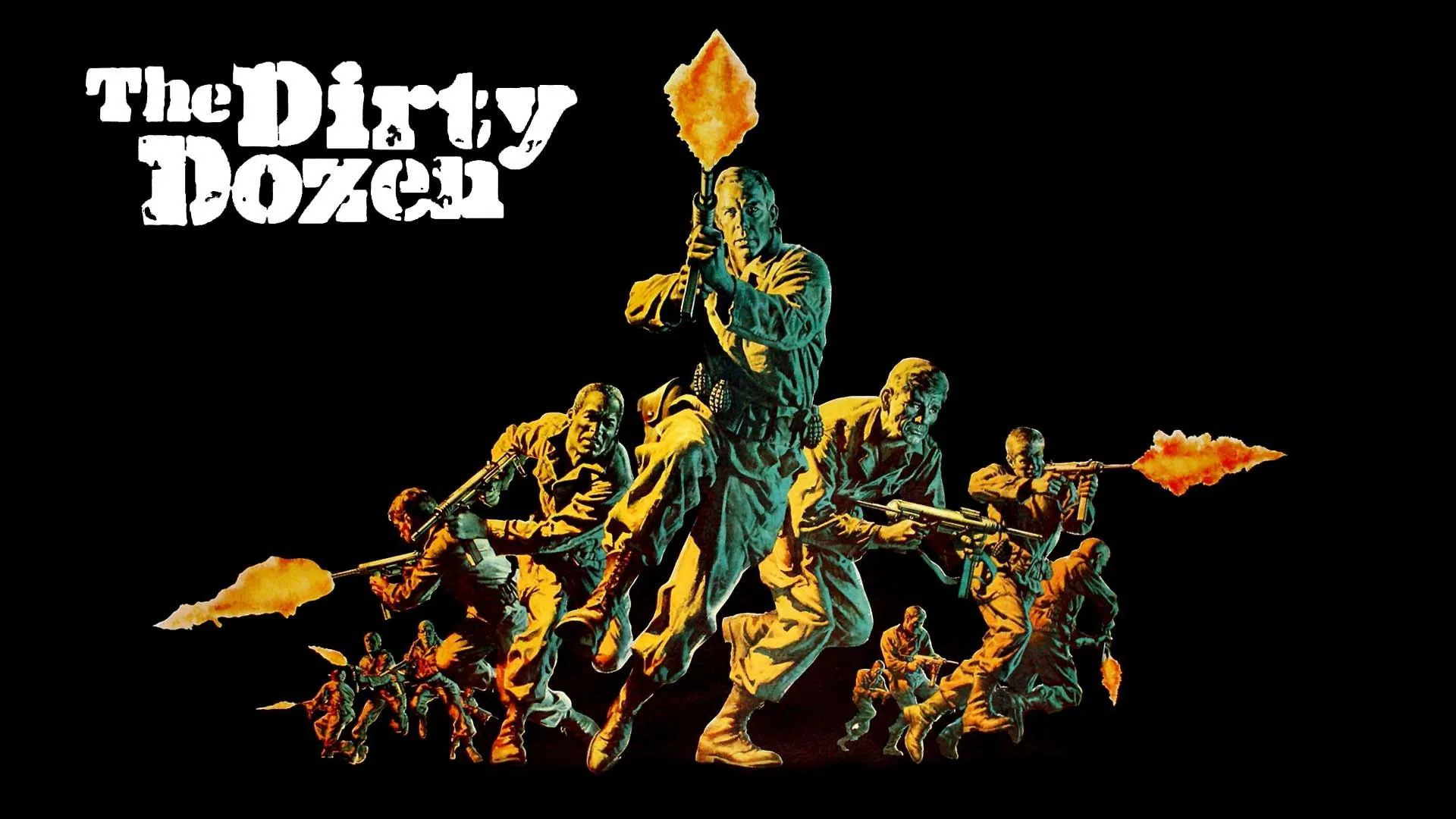
The Franchise That Forgot Its Own Characters
Let’s break this down like a mission briefing gone sideways:
- 1985: The Dirty Dozen: Next Mission tried to recapture the magic—with Lee Marvin and Ernest Borgnine awkwardly aged up and thrown back into WWII like nothing changed. The new plot? Assassinate someone trying to assassinate Hitler… so Hitler can stay alive. Yes, really.
- 1987: The Dirty Dozen: The Deadly Mission brought back Telly Savalas—but not as his original character. He was now Major Wright, with no explanation. Another returning actor also played someone entirely new. Continuity? Never heard of her.
- 1989: The Fatal Mission recycled everything—except logic. This time, it was Nazi escapees on a train to Türkiye trying to start a Fourth Reich. Cue the same “twelve convicts” plot, now starring Erik Estrada and Ernie Hudson. (At least the casting was fun.)
And let’s not forget the 1988 Dirty Dozen TV series, which was so unwanted it barely lasted a dozen episodes. The commitment to mediocrity was astonishing.
How Did This Happen? Blame the ’80s, Blame TV, Blame Dad
This wasn’t just a case of TV stretching IP—it was IP necromancy. After Aldrich’s death in 1983, studios smelled opportunity. His legacy? Be damned.
This pattern echoes what happened to Rambo—a gritty antiwar story that mutated into muscle porn by its third film. Or Highlander, which kept resurrecting itself via cheap sci-fi nonsense and syndicated TV weirdness.
In a way, the Dirty Dozen sequels represent the dadification of action storytelling: slapdash, sentimental, and built for reruns. Each new “mission” felt less like cinema and more like a war-themed group therapy session for aging character actors.
Final Salvo: The Real Dirty Dozen Was the Network Execs
Here’s the uncomfortable truth: The Dirty Dozen sequels weren’t made to tell new stories. They were made to cling to the name. Strip away the branding, and you’ve got generic war movies that could’ve been called Tough Guys in Uniform or Boom Boom Platoon.
And yet, the original still endures—a feral classic watched with whiskey and nostalgia. The sequels? They’re ghost stories now.
Would you rewatch these sequels—or rather eat a ration of sandpaper and regret?
